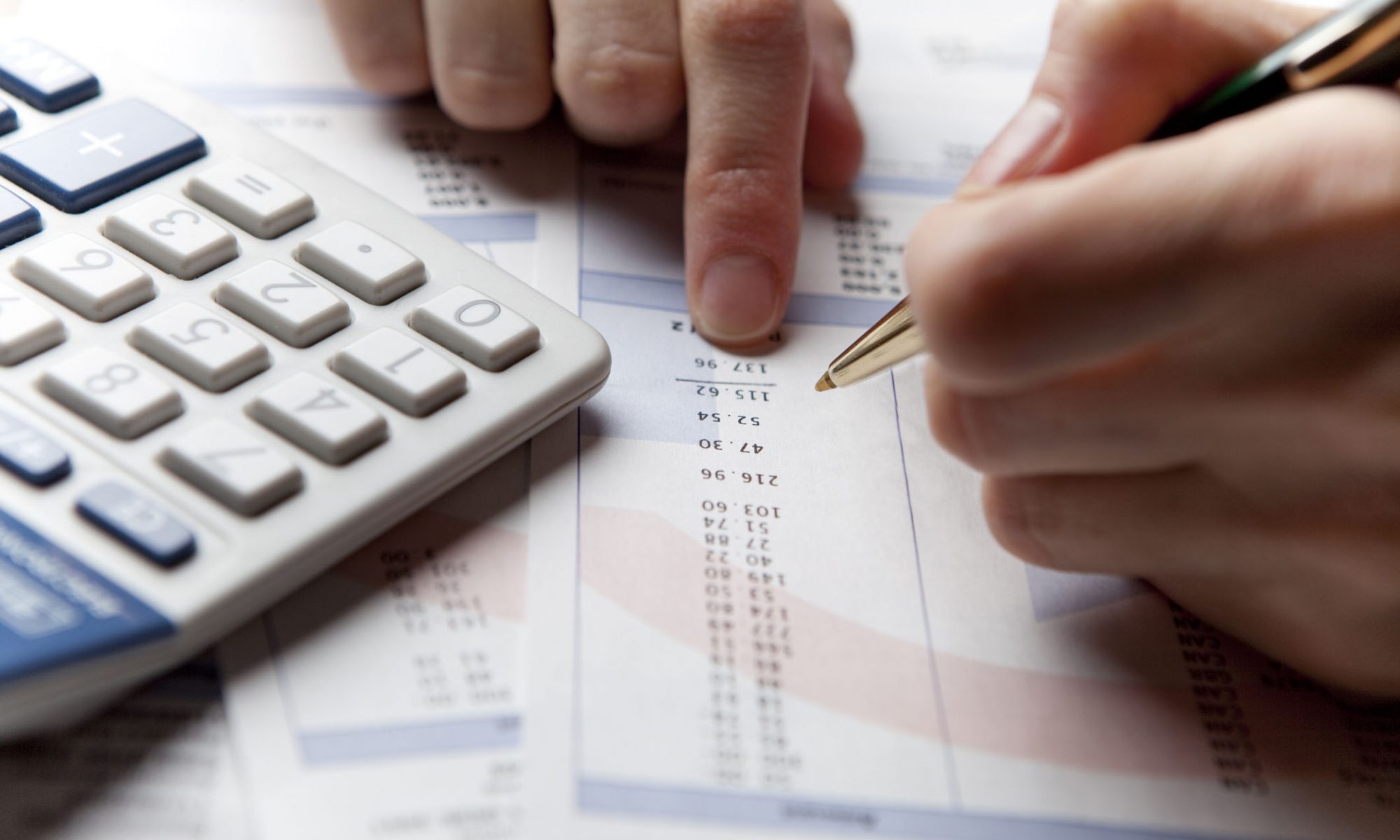Tax returns: do the maths to subtract more
Taxes can be stressful, and filing a return may seem an insurmountable hurdle. But with the right information and documents, understanding taxation is almost easy – and can result in some nice allowances, as was the case for Déborah and Jérôme.
Married since 2018, working in Luxembourg and living in Esch-Belval, Déborah (31) and Jérôme (33) file a joint tax return. They are placed in tax class 2. Taxe classes (1, 1a or 2) are determined according to the family status of the taxpayer(s) (single, married, divorced, etc.). In Luxembourg, tax is withheld from wages on the basis of this tax class, ultimately determining your net salary.
Every year, our couple check the accuracy of the figures on their PAYE slip – this piece of A4 paper shows the amount of tax deducted at source. It is sent to employees at their home address, and must be given to their employers. They notify the Luxembourg Inland Revenue (ACD) if they do not receive it. If they fail to give this slip to their employer, the tax deducted from their wages will be calculated according to tax class 1, which is at least 33%. Not cool.
In the case of our young married couple, Déborah has the main PAYE slip as she is paid the higher, more stable salary. Jérôme receives a secondary PAYE slip with the same tax class 2 showing a flat-rate deduction of 15%.
Until recently, Jérôme and Déborah did not know that they could ask for certain tax breaks to be mentioned on this slip (additional professional expenses, loan interest, premiums on a life assurance policy, contributions to a home savings plan, etc.). This is worth bearing in mind, even if it means getting some help to see things more clearly and avoid making mistakes.
A summary document, the pay slip, shows the amount of tax actually deducted at source for any given year. This slip is issued by the employer at the beginning of the following (tax) year and includes all of the information needed to file a return. Once they have this document at hand, our young couple just have to minimise their tax by deducting as many expenses as they can. Considering how much this can amount to, they wouldn’t want to skip it!
Visit deductionsfiscales.lu to learn about the main deductible expenses
Deductible expenses
Visit deductionsfiscales.lu to learn about the main deductible expenses such as life insurance/assurance policies, home savings plans, and even interest on mortgages and consumer loans. For our young couple, the maximum allowance is EUR10,432 in their current situation. When they have a child, the limits for home savings, insurance and loan interest will be higher, and the total allowance could reach EUR12,448.
Of course, to be able to deduct such amounts, you will need the relevant documentation. In 2020, Déborah and Jérôme could only invest EUR1,700 each in a life assurance plan, well below the maximum allowance. They will contact their bank manager soon to increase the value of their policy ahead of the 2021 tax return. However, by adding the EUR2,688 home savings allowance to the EUR1,344 insurance and interest allowance, our couple can deduct EUR7,432 in 2020, just on the spending items shown on deductionsfiscales.lu Not bad!
But why stop there? Other items can also ease the couple’s tax burden, including:
- Last year, Déborah donated to SOS Village d’enfants while Jérôme supported Ligue HMC, for a total of EUR2,000. These are tax deductible, as the organisations involved are registered charities. The minimum to quality for the allowance is EUR120, and the maximum in EUR 1 million. They will do even more next year if they can!
- Some extraordinary expenses such as the cost of hiring a cleaner, business expenses (e.g. travel costs not covered by the employer), and tax-free income such as overtime and extra pay on bank holidays.
A little help!
Having visited guidedesimpots.lu (French!), Déborah and Jérôme now know a bit more about the amounts that they can deduct on their tax return. They just have to enter them! By entering “Luxembourg tax return 2020” in their search engine, they can easily find the famous 100 form (F or D depending on the language chosen), which they can fill in directly online. Surprise, surprise: there are 20 pages with hundreds of boxes to fill in even before reaching the final amount of taxable income. Don’t panic!
Completing such a document may be headache-inducing at first glance. Fortunately, information can be found online (e.g. guidedesimpots.lu and guichet.public.lu ), where you can get step-by-step help through this process.
It’s finally done. Phew! All in all, our young couple’s spending means a total deduction of more than EUR10,000. So it’s well worth spending a few hours finding out how to complete the tax return.
One last thing: tax reforms are passed frequently, and the rules can change. The reform introduced on 1 January 2017 shook things up a lot, especially in terms of deductible items and limits. Find out more!


 Mortgage
Mortgage Personal loan
Personal loan Savings
Savings